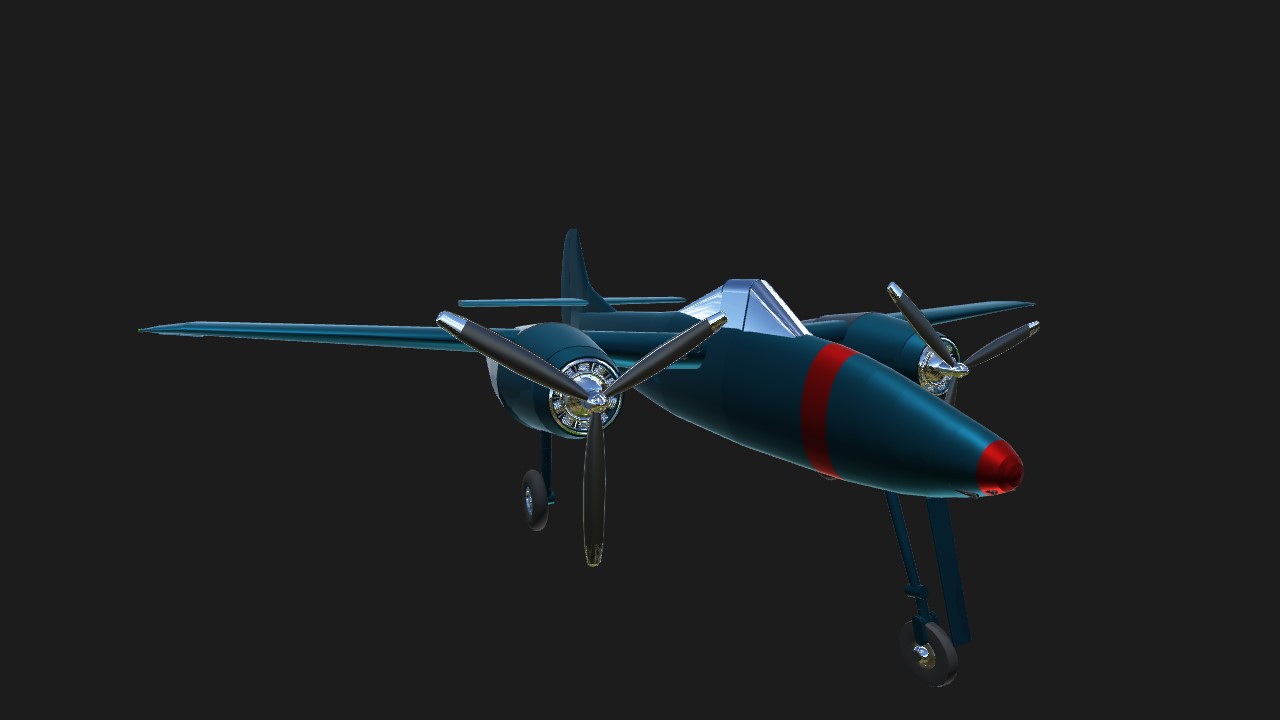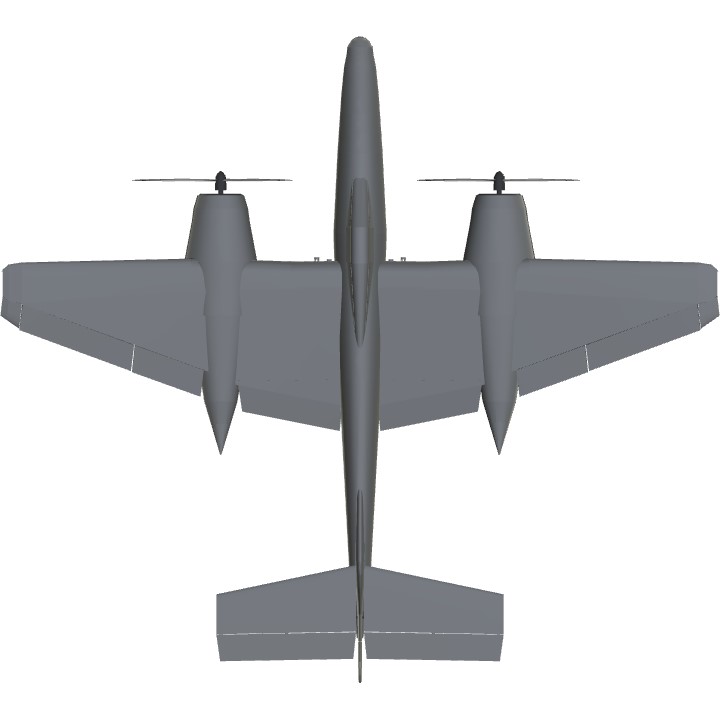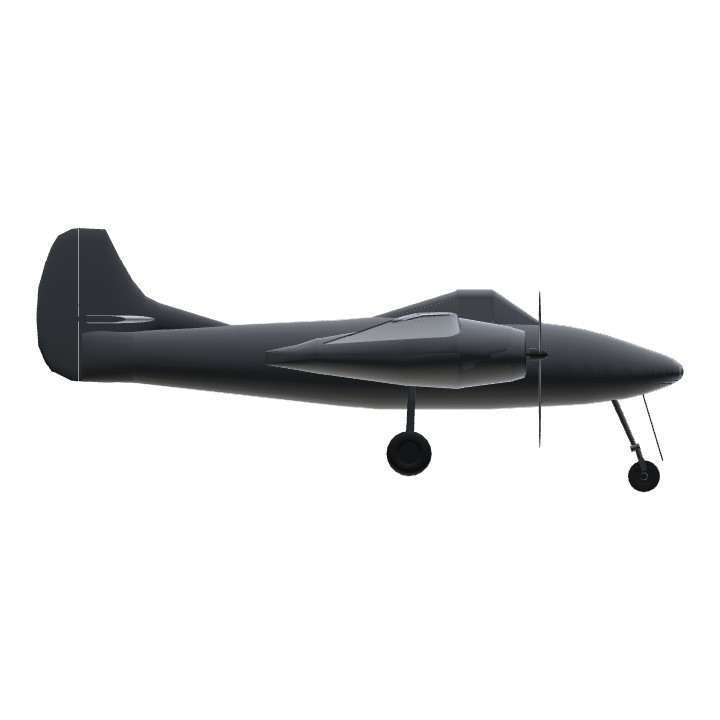I present you the F7F Tigercat.
Introduction
Although it was ordered in 1941, the F7F Tiger-Cat entered service on the Anniversary of the victory of the War of Resistance against Japanese Aggression. Such a long incubation period reflects the NAVY's requirements that the aircraft should have a combined engine of more than 4, 000 horsepower and double the firepower of the F4F. An all-metal structure with cantilevers and shoulder-mounted wings, the Tiger-cat is a fast, well-armed fighter in several important dimensions, and will be available only to the planned 45,000-ton Midway Class supercarrier.
Most of the 500 F7Fs produced were assigned to Marine Corps bases in the Pacific Islands, and as the first units were busy arranging for the Japanese surrender, the Tigcat was not tested in world War II. In addition to the -1, Grumman also produces the powerful -3 and F7F-3N/4N night fighters, with radar mounted in an extended nose and operated by a second crew member.
The Tiger Cat was an excellent night fighter, and in 1951 it was known as the "Knight of war" on the Korean battlefield. The Marine Corps VFM(N)-542 Squadron changed to F7F in 1947.
Control
Normal plane control
VTOL-Flaps
AG-1 Wing lights
Specifications
General Characteristics
- Predecessor Grumann F7F Tigercat
- Created On Windows
- Wingspan 44.4ft (13.5m)
- Length 39.9ft (12.2m)
- Height 16.3ft (5.0m)
- Empty Weight 9,661lbs (4,382kg)
- Loaded Weight 11,410lbs (5,175kg)
Performance
- Horse Power/Weight Ratio 0.35
- Wing Loading 28.9lbs/ft2 (141.0kg/m2)
- Wing Area 395.0ft2 (36.7m2)
- Drag Points 7223
Parts
- Number of Parts 156
- Control Surfaces 7
- Performance Cost 825





